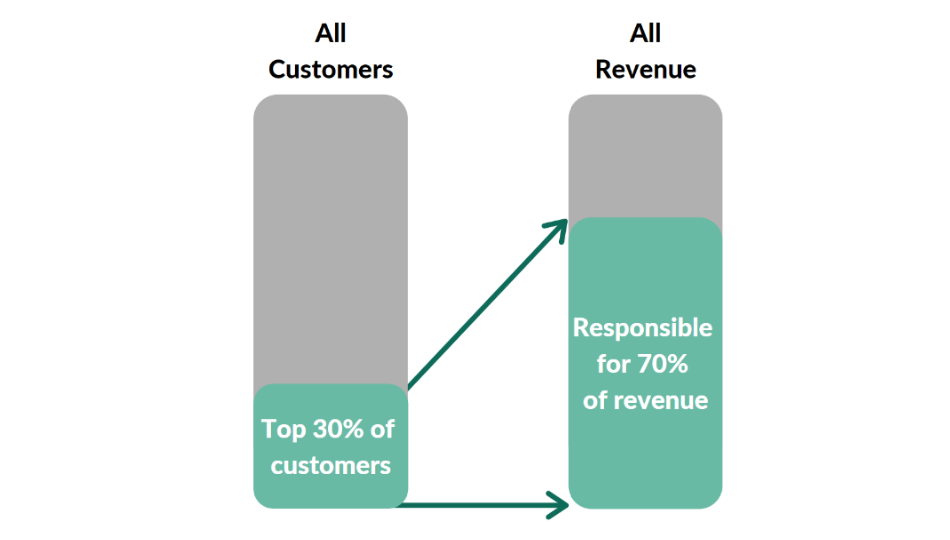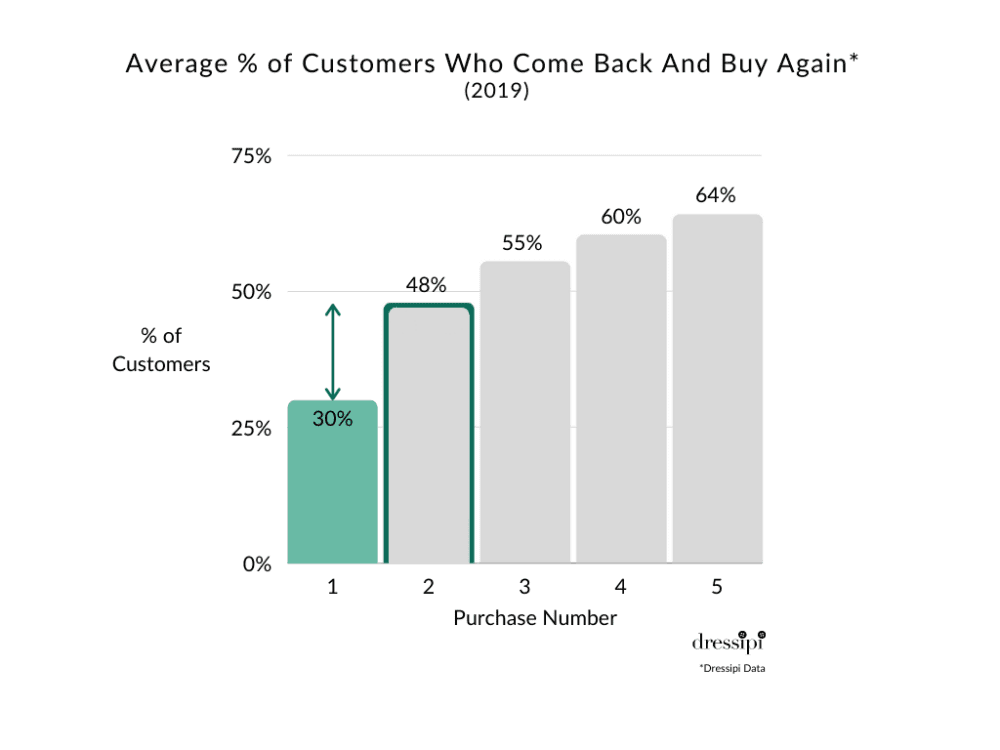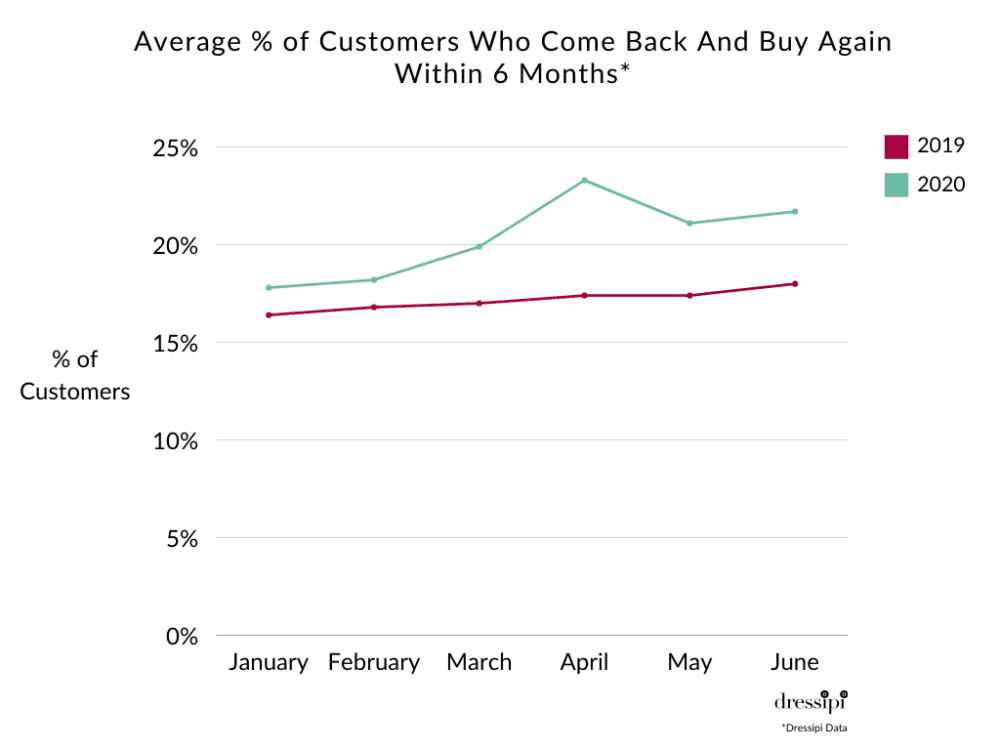Customer Lifetime Value (LTV) and Personalisation, two words that get used a lot by the modern-day marketeer.
There is one obvious tool to deliver on both of those 2 goals: email. Don’t get me wrong, retailers use their email channel. In some cases they send too many emails but, more often than not, they are sending the same manually merchandised products to all customers or, at best, sending segmented emails to their base (bestsellers for men, women, kids etc).

The right communication strategy couples beautiful, branded emails alongside truly personalised and relevant emails. Done well, this can increase overall revenue by 6-10%.
The average customer acquisition cost for high street fashion retailers is around £50-60. This is seven times more than the cost of driving better customer retention.
With the average price point of fashion items under £100, it is pointless spending money to keep filling a “leaky” bucket, you’ll end up spending too much overtime to deliver any profit. The only winners there are Facebook and Google!
Value of Retention
Instead, there is real value in taking the time to understand how you can improve the retention of your customer base. As you build retention strategies the ability to keep customers coming back creates a renewable revenue source at a fraction of the cost.
So, let’s delve into the detail:
A typical high street retailer sees 30% of customers delivering 70% of revenue. With the top 5% of customers driving 25% of revenue (this is even more heavily skewed for the luxury players).

These are the customers who typically sign up to get the emails and these are the customers for whom retailers have the most amount of data. With that level of data you really can personalise what each customer is seeing with a very high confidence of success.
Building A Loyal Base
Starting from their first purchase:
- 1st time buyers: 30-40% of customers will come back and buy again.
- 2nd time buyers: 45-50% come back to buy again
- 3rd time buyers: 55-60% come back to buy again

And so it goes on with an increasing percentage coming back (but with diminishing returns). Once a customer has bought 3x they are likely to keep buying and become loyal brand customers.
Moving Customers up the Purchase Ladder
One of the biggest opportunities for most retailers is to move each existing customer up the purchase ladder. Obviously, getting more customers to make their 2nd purchase presents an excellent opportunity to grow revenues. A 5% increase in 2nd purchase retention would deliver a minimum of 4% revenue growth to a retailer.
Of those who do come back to buy again, 50% typically do so within 6 months, 25% within 30 days and 15-20% in the first week.
The key question is therefore what products do you show them and when. Initially customers are likely to be responsive to similar or complementary outfit items to their last purchase, but these become less relevant as time goes on. The optimal time to encourage repurchase depends on the first product category, price point and customer type as does the product/outfit selection you send to spark that next purchase.
If you can speak to each customer at the right time, with as relevant a message as possible and a selection of products that really work for that customer then you’ll start to reap the benefits.
At Dressipi, we test our personalised emails against all other BAU and segmented emails and consistently outperform by significant margins, by up to 2-3x (revenue per email sent).
Retention Over COVID
Obviously, with stores shut over COVID, retention numbers have got better. With retention at every level up by 3-4% points.
The chart shows the average number of customers who come back to buy their second purchase (within the first 6 months). We have compared the first 6 months of 2019 and 2020. You can see that retention is pretty flat in 2019 but post the first lockdown jumped by 3% points.
We have seen this continue through the whole of 2020.

So whilst you have a captive audience, now is the time to optimise your email strategies. With an increasingly fickle customer base it is more important than ever to drive your brand message through to your customer.
Key to success is finding the right mix of creative branded emails versus relevant transactional ones. But the transactional ones need to be really relevant, not just a selection of bestsellers by department. Ensuring high email deliverability rates is crucial to maximize the reach and effectiveness of these emails. Do this well and you can expect to see your revenues and profits grow by 6%.




















